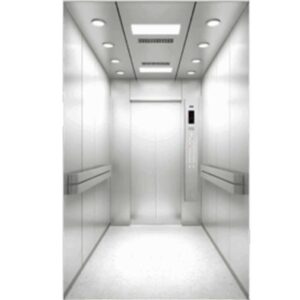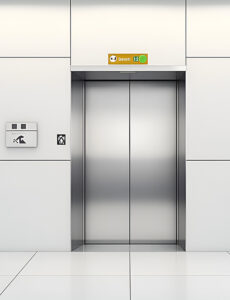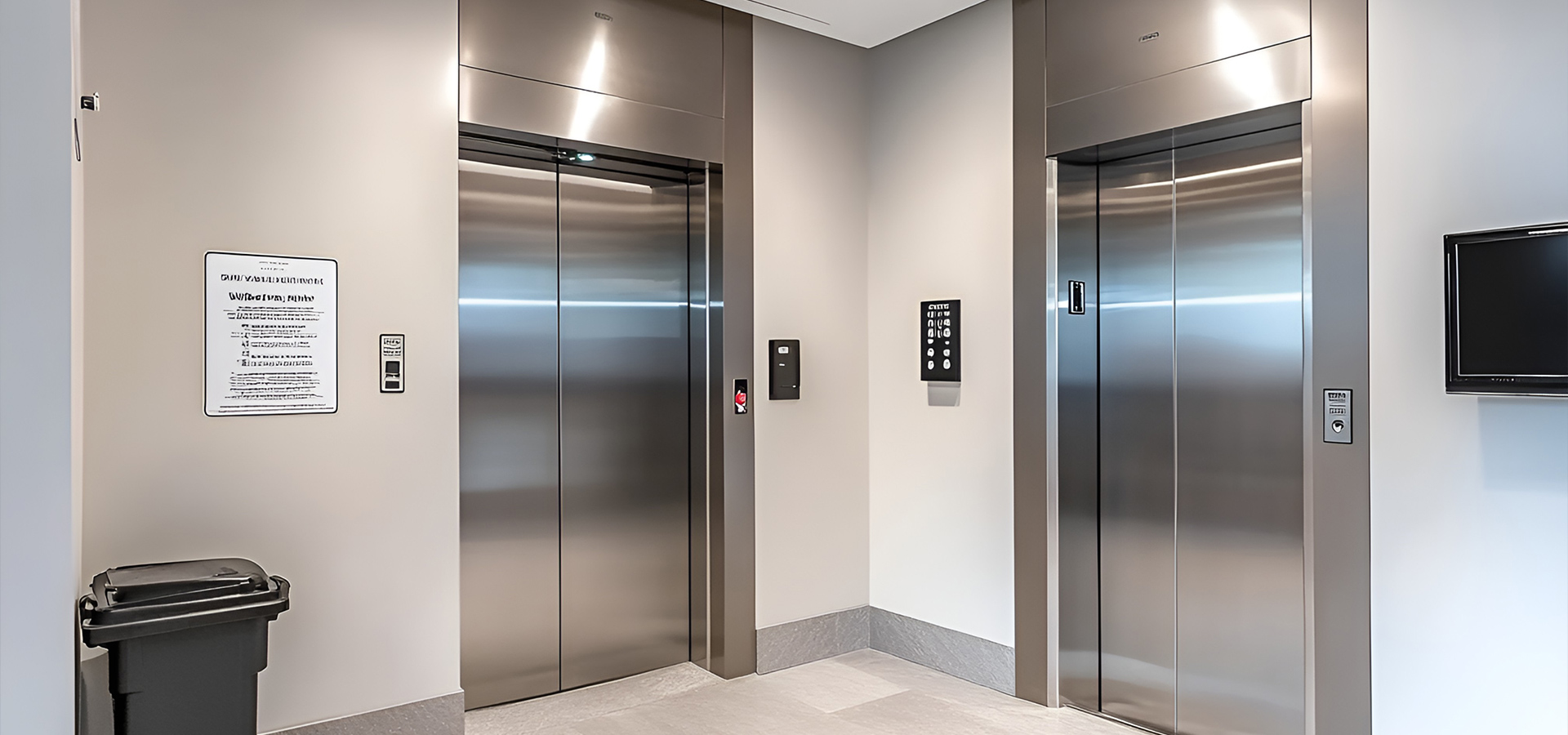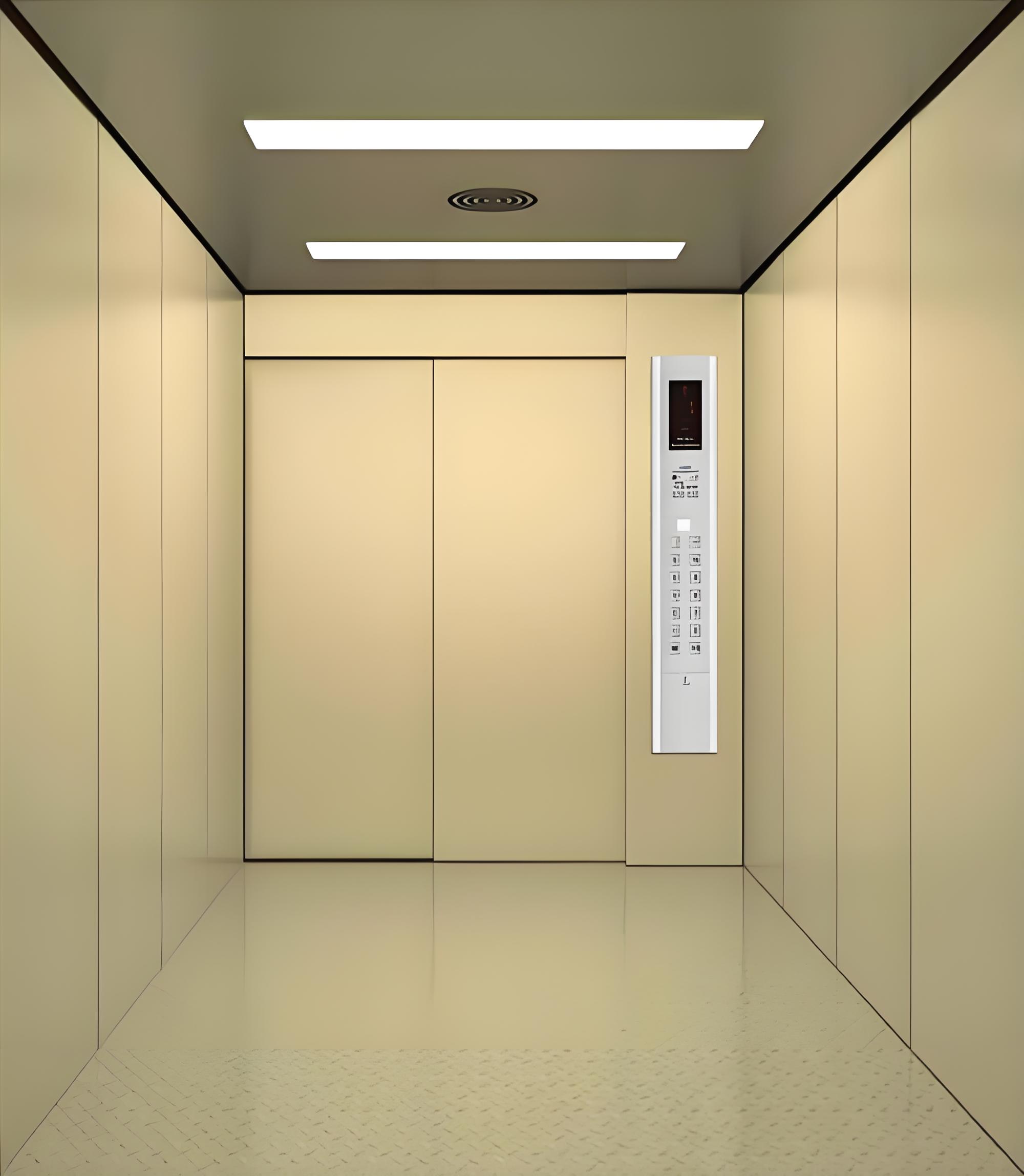An elevator for wheelchair access provides safe and easy vertical movement for wheelchair users. It features non-slip flooring, automatic door sensors, and emergency stop buttons for user safety. Most wheelchair-accessible elevators feature a minimum door width of 36 inches, paired with a spacious interior platform—often around 36 by 54 inches—to ensure smooth entry, turning, and safe positioning for standard and powered wheelchairs.
The elevator won’t move unless doors are fully closed, preventing accidents. Spacious interiors and reachable controls with Braille make it accessible. It complies with standards like the ADA (Americans with Disabilities Act) to ensure safety and inclusivity in public spaces.
Key Features of an Elevator for Wheelchair Access

A wheelchair-accessible elevator combines thoughtful design and user-friendly engineering to ensure safe and reliable vertical transportation. Its core features include:
- Wide Entry and Spacious Platform:
The elevator typically includes a door width of at least 36 inches and a level floor transition, providing ample room for wheelchairs and easy maneuverability. The platform is designed to support weights of up to 750 lbs, ensuring stability for users and their mobility devices.
- Accessible Control Panels:
Buttons are placed at wheelchair-friendly heights, typically between 34″ and 48″ from the floor, and often accompanied by Braille, tactile indicators, and backlighting. Some models also support remote or voice-activated controls, making it easier for users to operate the elevator without assistance.
- Reliable Lifting Mechanisms:
Hydraulic Systems: Ideal for short-distance vertical travel in homes and low-rise buildings, providing smooth and quiet movement. Hydraulic systems generally operate at speeds of 0.15 meters per second.
Screw Drive or Chain Drive: Compact and cost-efficient, commonly used in residential settings. These systems offer reliable performance and typically operate at a speed of 0.2 meters per second.
Electric Traction: Suitable for high-traffic or multi-story commercial spaces, offering speeds of up to 1 meter per second, and energy-efficient operation.
Common Applications of an Elevator for Wheelchair Access
These elevators are installed in a wide range of environments to ensure accessibility for all users:
Ideal for multilevel houses, especially for residents with permanent or temporary mobility challenges. Residential lifts help maintain independence without relocating to a single-story home. In fact, home elevators often increase property value by 10% to 15%.
- Hospitals and Clinics:
Medical facilities use fully compliant elevators to safely and efficiently transport patients in wheelchairs, stretchers, or mobility devices across floors. These elevators need to comply with strict regulations and carry weights up to 1,000 lbs for patient transport.
- Educational Institutions and Outdoor Settings:
To improve accessibility, locations such as schools, universities, public parks, event venues, and heritage landmarks frequently adopt platform or vertical lifts. These solutions provide barrier-free access to elevated areas like classrooms, auditoriums, libraries, or stair-linked paths, ensuring that users with mobility challenges can navigate the space independently.
- Office and Commercial Buildings:
Businesses incorporate accessible elevators to comply with accessibility laws and support an inclusive work environment. These elevators are designed for high-capacity usage, typically handling up to 2,000 lbs or more of weight and are often installed in multi-story office buildings.
- Public Spaces and Transportation Hubs:
Elevators in government buildings, museums, airports, and metro stations ensure that no visitor is left behind due to mobility constraints. These high-capacity lifts can often accommodate up to 20 people or 1,800 lbs at a time, ensuring smooth and efficient access for all.
Safety and Compliance Features of an Elevator for Wheelchair Access

Ensuring safety and meeting accessibility standards are vital for elevators designed for wheelchair access. Key features include:
- Safety Mechanisms:
Features like non-slip flooring, automatic door sensors, and door interlocks ensure smooth operation and prevent accidents. The door sensors typically react within 2-5 seconds of detecting obstacles, and interlocks ensure the elevator cannot move unless doors are fully closed.
- Emergency Features:
Emergency stop buttons and battery backup systems offer additional protection. In emergencies, users can stop the elevator immediately, while backup power keeps the elevator functional for up to 72 hours in case of power failure.
- Compliance with Accessibility Standards:
Elevators are designed to meet accessibility regulations like the ADA, with audible signals, visual indicators, and tactile control panels. These features make the elevator accessible to users with sensory impairments and ensure compliance with legal standards for inclusivity.
Conclusion
An elevator for wheelchair access plays a vital role in creating inclusive spaces for everyone. Whether used in homes, hospitals, schools, or public buildings, these elevators ensure that mobility challenges never become a barrier to independence or participation.
If you’re planning to install an accessibility elevator, choosing the right model for your space and needs is the first step toward a more inclusive environment. For expert advice and to explore our range of high-quality solutions, contact us today. Trust GOTS to provide the perfect elevator for your needs.






